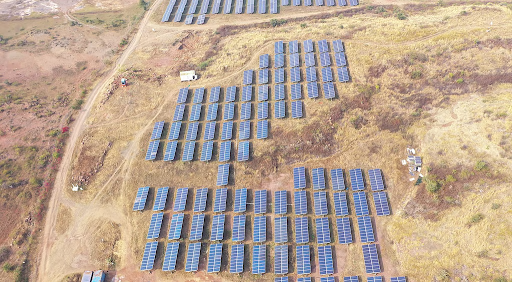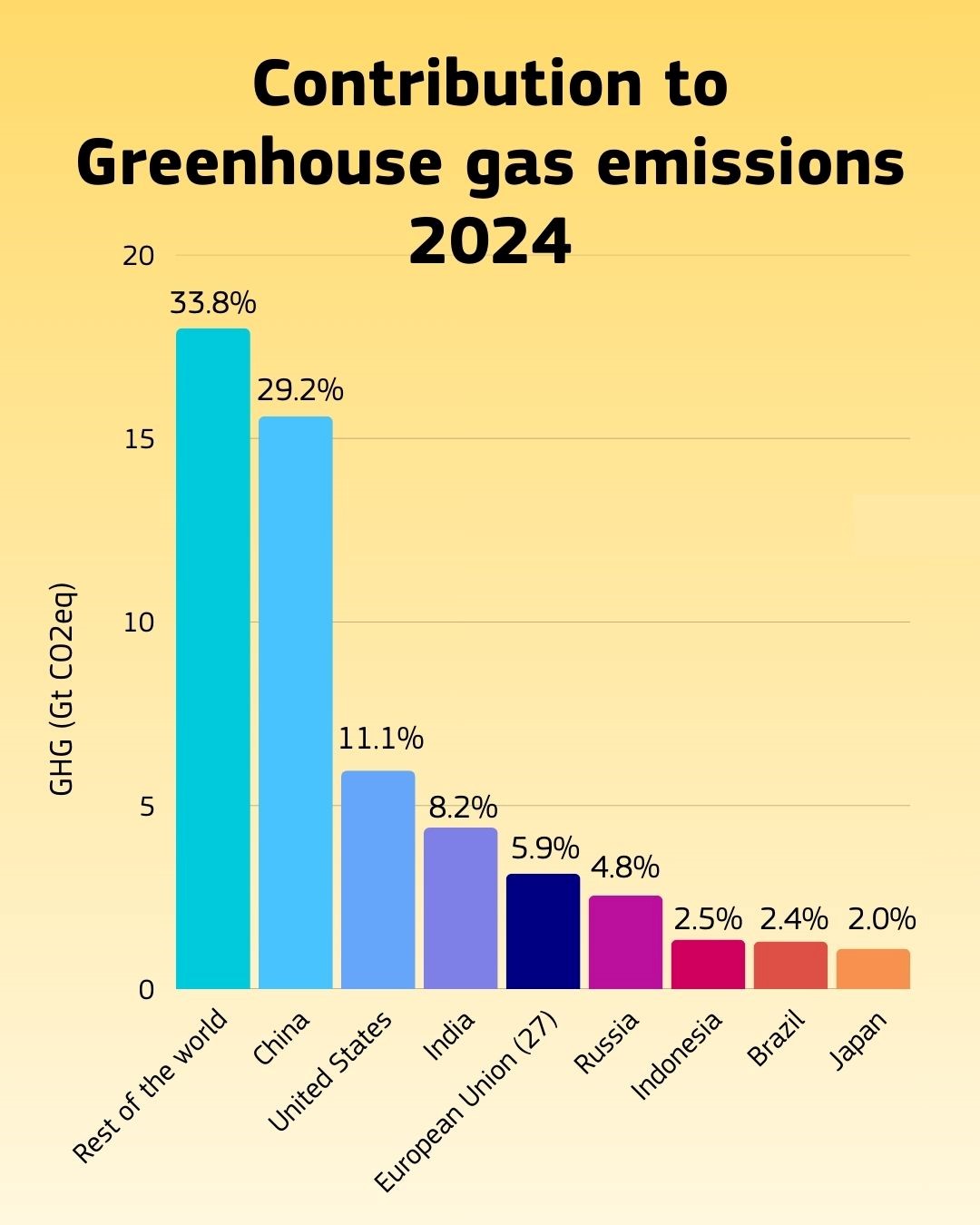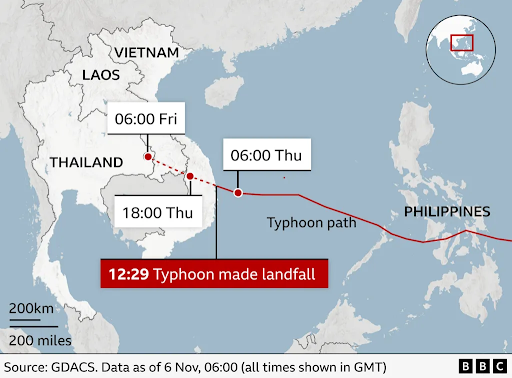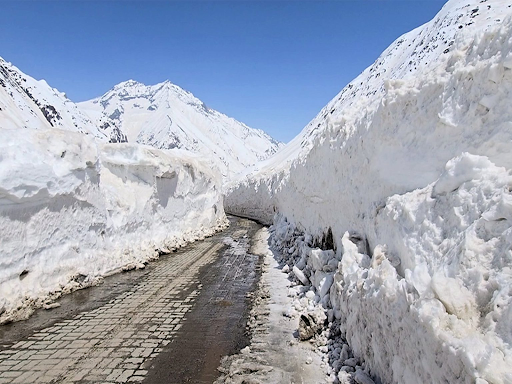



The IEA’s Renewables 2025 report highlights rapid global energy transition, with Solar PV driving growth. India to become the second-largest market, but addressing grid bottlenecks, transmission expansion, and DISCOMs’ financial fragility is crucial to sustain progress and meet COP28 goals.

Copyright infringement not intended
Picture Courtesy: DOWNTOEARTH
The International Energy Agency (IEA) has released the "Renewables 2025" report, providing a critical assessment of the global energy transition.
Record Growth, But Short of the Target
Global renewable power capacity is set to double by 2030, adding nearly 4,600 GW. However, this falls short of the COP28 pledge to triple renewable capacity by 2030, which is essential for limiting global warming to 1.5°C.
Dominance of Solar PV
Solar photovoltaic (PV) accounts for nearly 80% of all new renewable capacity. By 2030, solar PV is projected to surpass hydropower to become the world's single largest source of renewable electricity.
A Shift in the Power Mix
Renewables are projected to supply 43% of global electricity by 2030, an increase from 32% in 2024.
The share of variable renewables (VRE) like solar and wind will nearly double to 28%, by 2030.
New Challenge: From Deployment to Integration
The report highlights that the key challenge now lies in integrating variable renewable power into the grid, which requires investments in battery storage, smart grids, and demand-side management for flexibility.
Report positions India as a major bright spot in the global renewable landscape
Grid Bottlenecks
Lack of adequate transmission infrastructure is the single biggest barrier. Renewable energy is generated in remote areas, and the grid is not yet equipped to carry this power to demand centers.
Financing Gaps
Rising interest rates and financing costs are making renewable projects more expensive.
Transmission Infrastructure
While India is making progress, the expansion of the transmission network is not keeping pace with the rapid generation capacity addition.
Financial Health of DISCOMs
Poor financial health of state-level electricity distribution companies (DISCOMs) remains a chronic problem. Payment delays from DISCOMs to renewable power producers create financial risk and deter investment.
Faster Permitting and Policy Certainty: Governments must streamline the approval processes for renewable projects and grid infrastructure, providing clear and stable long-term policies to attract investment.
Investment in Grids: Prioritizing the expansion and modernization of electricity grids to handle the influx of variable renewable energy.
Faster Permitting Processes: Streamlining bureaucratic and regulatory hurdles to accelerate the deployment of new projects.
De-risking Private Capital: Creating financial mechanisms and stable policies that reduce the risk for private investors.
Stronger Coordination: Enhancing collaboration between governments, grid operators, and financiers to ensure a coherent and integrated approach to the energy transition.
The IEA’s “Renewables 2025” highlights rapid energy transition, praising India’s leadership, but warns that resolving grid and financial challenges is crucial for meeting global climate targets in coming years.
Source: DOWNTOEARTH
|
PRACTICE QUESTION Q. "While the growth of solar PV is a major success story, challenges related to grid integration and financing remain significant hurdles for India's clean energy transition." Discuss. 250 words |
The IEA is an autonomous, intergovernmental organization based in Paris, France. It was established in 1974 by member countries of the Organisation for Economic Co-operation and Development (OECD) in response to the 1973 oil crisis. The IEA provides policy recommendations, analysis, and data on the global energy sector, with the mission of ensuring secure, affordable, and sustainable energy for all.
As of June 2025, India has a total installed renewable energy capacity of over 226 GW and ranks 4th globally in this area. The country has also achieved the milestone of having more than 50% of its total installed electricity generation capacity from non-fossil fuel sources, ahead of its 2030 target.
India has set ambitious targets, pledging to achieve 500 GW of non-fossil fuel electricity capacity by 2030 and reach net-zero carbon emissions by 2070.






© 2025 iasgyan. All right reserved